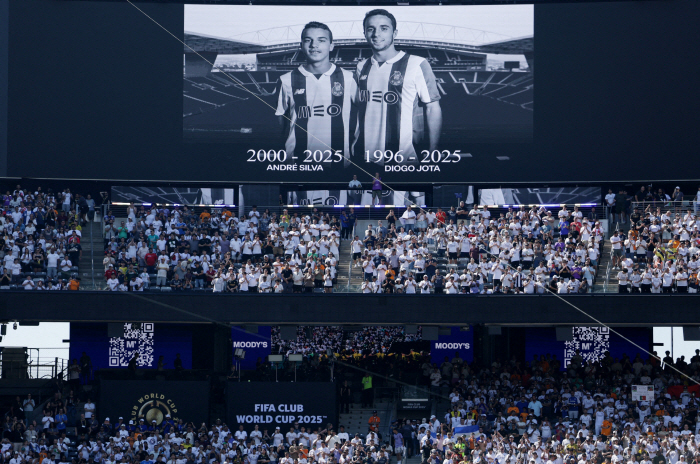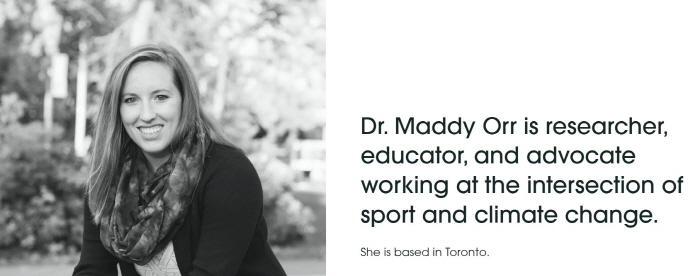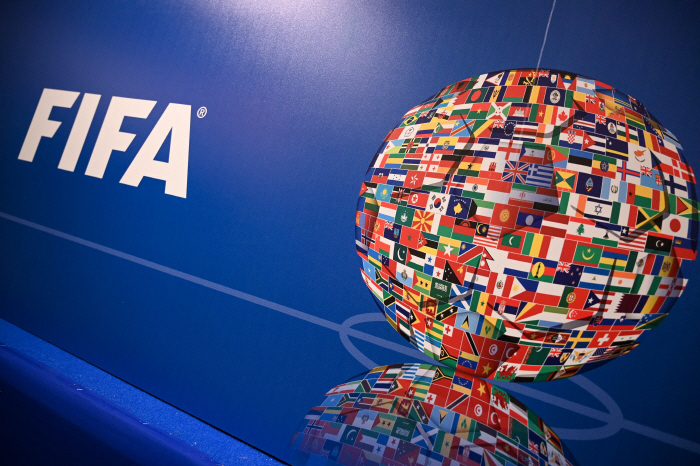It's hotter than Qatar. The worst heat wave tournament in the North-China World Cup...Climatologists are all concerned about next year's heat measures
Oct 25, 2025
|
|
Citing sports and climate expert Dr. Madeleine Orr's claim on the 25th (Korea time), the British media 'Daily Star' reported that 14 out of 16 stadiums in the North-China U.S. World Cup were issued high-temperature warnings that made it impossible to play.
Experts warn that next year's World Cup, co-hosted by the United States, Mexico and Canada, could be the hottest tournament ever, surpassing the desert showdown experienced in Qatar in 2022.
Dr Orr said "Almost all host cities are expected to be vulnerable to extreme heat during the Games"From 12 p.m. to 4 p.m., many host cities will be virtually unplayable."
FIFA suggested adjusting kick-off times and relying on a handful of roofed stadiums. However, it is said that this alone cannot protect the fans.
Dr. Orr said "The players are not worried. I'm worried about 45,000 to 85,000 fans, 10,000 staff on the scene for a long time, and journalists"There is a discussion on this, but there is no specific plan so far."
|
|
It is not just yesterday and today that the U.S. suffered from high-temperature soccer. In 2017, English striker Rachel Daly collapsed and was treated for heat stroke during the National Women's Football League (NFL) game in Houston, Texas. The 2025 FIFA Club World Cup, which was held this summer, also suffered great damage from record-breaking heat waves and storms. Lightning also delayed six games by 40 minutes to two hours.
Temperatures soared to 35 degrees Celsius at kick-off moments, particularly in the quarter-final between Chelsea and Fluminense in New Jersey, and midfielder Enzo Fernandez once said he felt dizzy because of the very dangerous weather.
On the other hand, the hottest World Cup in history was held in the United States in 1994, the Daily Star introduced. At the time, Ireland played Mexico in Orlando, Florida, in the heat of 41 degrees Celsius.
|
He then added "Climate change makes it increasingly likely that this will happen. If it does happen, it is likely to be the hottest World Cup ever."
Five U.S. cities (Boston, Dallas, Los Angeles, New York, New Jersey, and San Francisco) that hosted the 1994 tournament will also be used as stadiums next year. According to data provided by Climate Central, there were far more days this June than in 1994 when temperatures exceeded 32 degrees Celsius in all cities except San Francisco.
Meanwhile, FIFA President Gianni Infantino said at the recent European Football Club General Assembly in Rome, Italy that `We are always discussing, but it seems to reflect the overall situation, not just the story of one World Cup. Even if we play in some European countries in July, the weather is really hot. So I think I'll have to think about it a bit more," he said, hinting at a change in the game's schedule.
This article was translated by Naver AI translator.


















